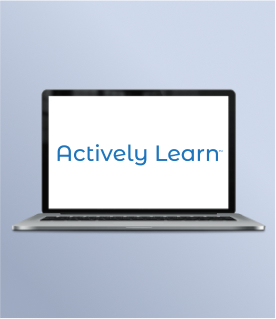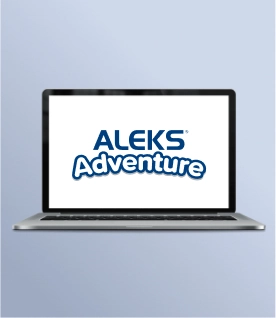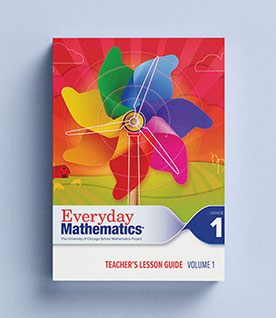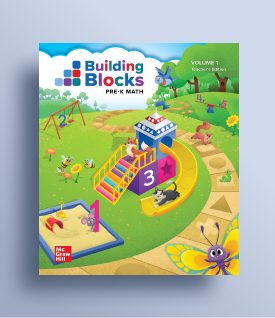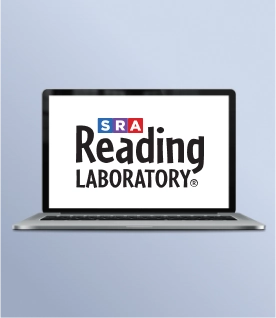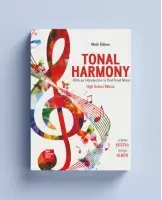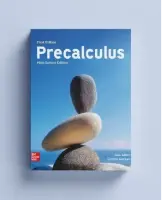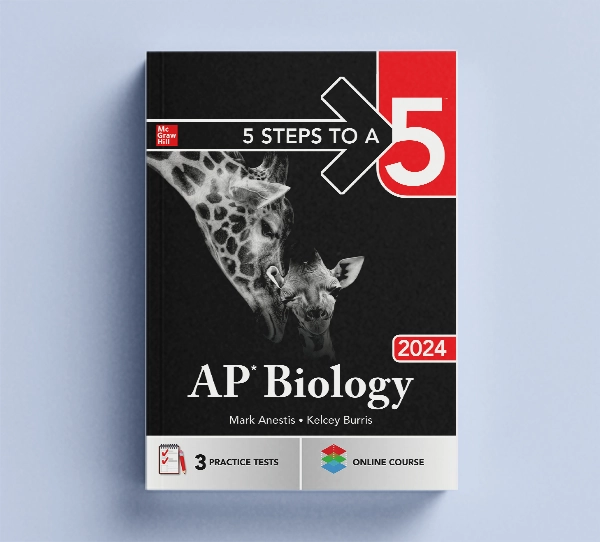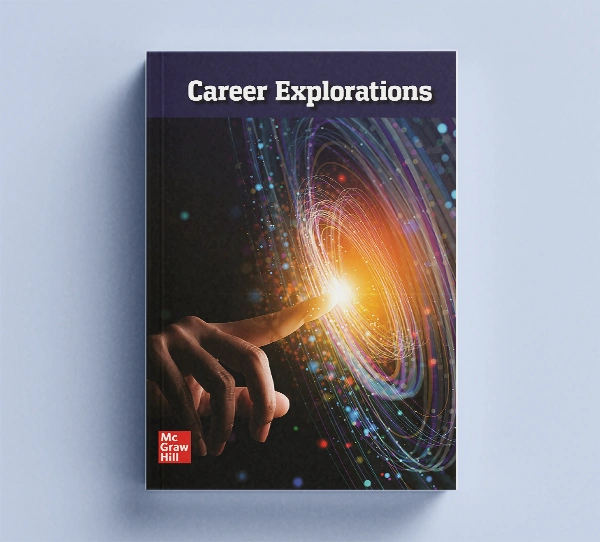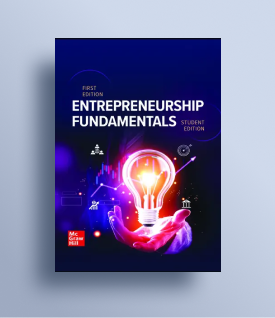My Account Details
ELA Training
Introduction to Achieve3000 Literacy
During this session, you'll discover how Achieve3000 Literacy leverages differentiated instruction and adaptive technology personalizes learning pathways. Dive into the intuitive teacher dashboard, where you can monitor student progress, assign targeted activities, and generate detailed reports to inform instructional decision-making.
Recorded sessions coming soon
Empowering Educational Leaders: An Introduction to Achieve3000 Literacy
Designed specifically for educational leaders, this session will provide a comprehensive overview of the main features and functionalities of Achieve3000 Literacy. We'll explore the adaptive technology, robust reporting tools and strategies for implementing Achieve3000 Literacy effectively within your school or district.
Recorded sessions coming soon
Introduction to Actively Learn
During this webinar, you'll learn how Actively Learn empowers educators to personalize learning experiences for every student, with the ability to differentiate instruction, provide targeted feedback, and monitor progress in real-time. Gain insights into how Actively Learn supports a variety of instructional models, from whole-class instruction to small group collaboration, and discover strategies for integrating the platform seamlessly into your existing curriculum.
Recorded sessions coming soon
Corrective Reading Decoding Grades 3–12 Initial Training
Initial training for Corrective Reading Decoding for new teachers for grades 3–12.
Recorded sessions coming soon
Corrective Reading Comprehension Initial Training
This initial Corrective Reading Comprehension training will cover the pedagogical underpinnings of the program, along with key program features and implementation guidelines.
Recorded sessions coming soon
Early Interventions in Reading Initial trainings
Early Interventions in Reading is designed to work comfortably with your core reading program or for Tier II interventions. This early intervention program significantly increases the intensity of instruction that low-level readers need to meet grade-level expectations. Participants will learn and practice presentation techniques for blending, word attack, story reading, and comprehension activities. This session will also cover scheduling, grouping, and placement. Grade levels appropriate for EIR: K–3.
Recorded sessions coming soon
Open Court Reading Green Band Foundational Skills
Open Court Reading Red Band Reading and Responding
Open Court Reading Blue Band Language Arts
Open Court Reading Grades K–1 Initial Training
This training will include building knowledge of the components used by teachers and students, basic understanding of the digital teacher and student center and overview of the instructional path and key research-based routines for Open Court Reading grades K–1.
Recorded sessions coming soon
Open Court Reading Grades 2–5 Initial Training
This training will include building knowledge of the components used by teachers and students, basic understanding of the digital teacher and student center and overview of the instructional path and key research-based routines for Open Court Reading grades 2–5.
Recorded sessions coming soon
Open Court Reading Advanced User Trainings
Participants in this session will learn additional Open Court Reading skills and strategies students need to become successful, lifelong readers and writers. This includes accommodations and teaching tips to use during Foundation Skills, Reading and Responding, the Language Arts strand, and what to do during WORKSHOP (Differentiation). We will review activities and explore new online resources that help meet the individual needs of every student in the K–5 classroom.
Recorded sessions coming soon
Open Court Reading Foundational Skills Kit Grades K–3 Initial Training
Initial training for teachers new to Open Court Reading Foundational Skills Kit for grades K–3.
Recorded sessions coming soon
Open Court Reading Word Analysis Kits Grade 4–5 Initial Training
Initial training for teachers new to Open Court Reading Word Analysis kits for grades 4–5.
Recorded sessions coming soon
Reading Mastery Signature Edition Grades K–2 Initial Training
This is an initial training for Reading Mastery Signature Edition for grades K–2. During this training we will discuss pedagogical underpinnings as well as program features and implementation guidelines. The training will last 5 hours and will have scheduled breaks throughout.
Recorded sessions coming soon
Reading Mastery Transformations Grades K–2 Initial Training
Initial Training for teachers who are new to Reading Mastery Transformations for grades K–2.
Recorded sessions coming soon
Reading Mastery Transformations Grades K–5 Initial Training
Initial Training for teachers who are new to Reading Mastery Transformations for grades K–5.
Recorded sessions coming soon
SRA Intervenciones tempranas de la lectura Initial Training
Participants will learn about Spanish Foundational Skills, the Learning to Read strand of Intervenciones Tempranas de la lectura, and practice techniques for teaching phonemic awareness, introducing sound/spellings, explicit instruction in blending sounds and syllables to read words, fluency building through the use of decodable books, connecting phoneme to graphemes, develop oral language and daily vocabulary through a variety of activities, expand students’ vocabulary and focus on comprehensive instruction and skill development for sequencing, retelling, story grammar, making predictions, and determining main idea. In conclusion, participants will visit the online resources designed to meet the needs of every student in every classroom.
Recorded sessions coming soon
StudySync Grades 6–12
These sessions will support educators using StudySync.
*Various dates and times as determined by StudySync
Wonders ©2023 National Grades K–5 Initial Training
Educators will engage in learning opportunities to enhance their understanding and instructional delivery of the Wonders ©2023 resources for grades K–5. This will include building knowledge of the components used by teachers and students, basic understanding of the digital teacher and student center, and overview of the instructional path.
*This training is for the 2023 edition only
Wonders ©2020 National Grades K–5 Initial Training
Educators will engage in learning opportunities to enhance their understanding and instructional delivery of the Wonders ©2020 resource. This will include building knowledge of the components used by teachers and students, basic understanding of the digital teacher and student center, and overview of the instructional path.
*This training is for the 2020 edition only
WonderWorks ©2022 Grades K–5 Initial Training
Educators will engage in learning opportunities to enhance their understanding and instructional delivery of the WonderWorks ©2022 resource for grades K–5. This will include building knowledge of the components used by teachers and students, basic understanding of the digital teacher, and overview of the instructional path.
*This training is for the 2022 edition only
World of Wonders Initial Training
Educators will engage in learning opportunities to enhance their understanding and instructional delivery of the World of Wonders resource. This will include building knowledge of the components used by teachers and students, basic understanding of the digital teacher, and overview of the instructional path.




